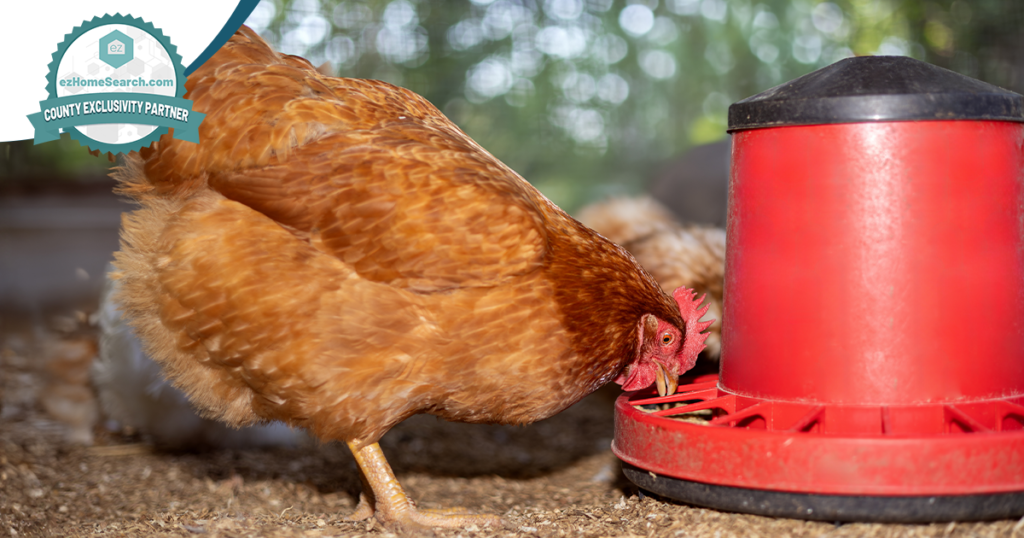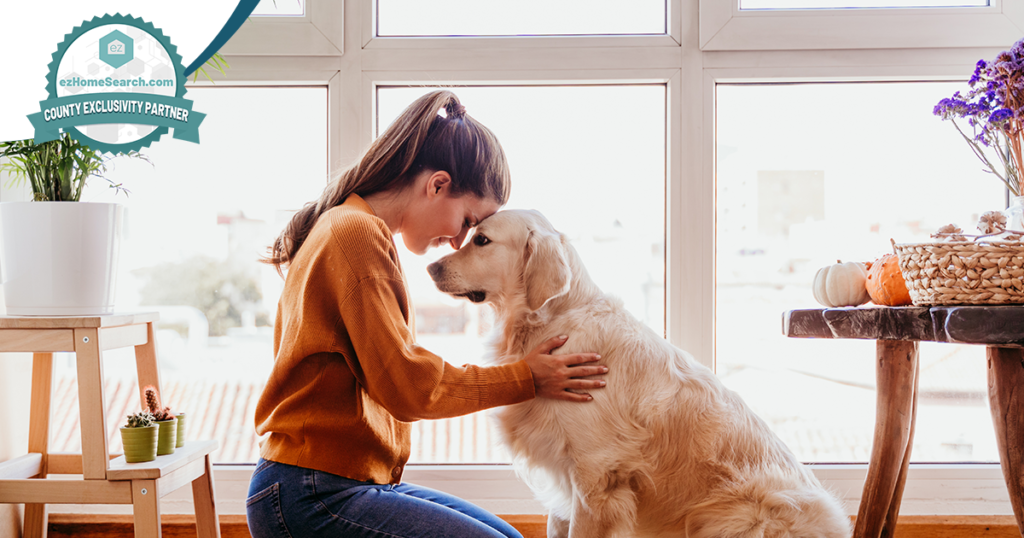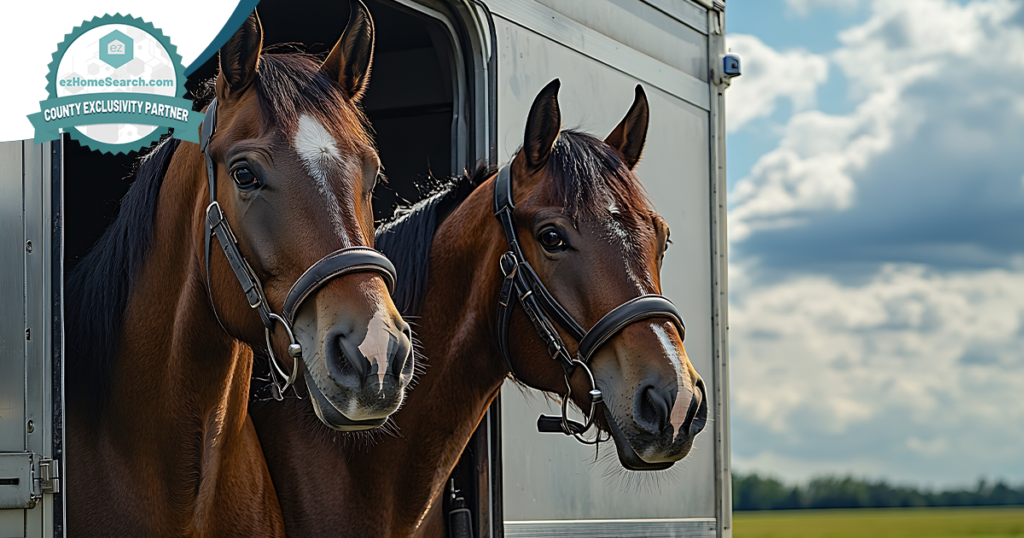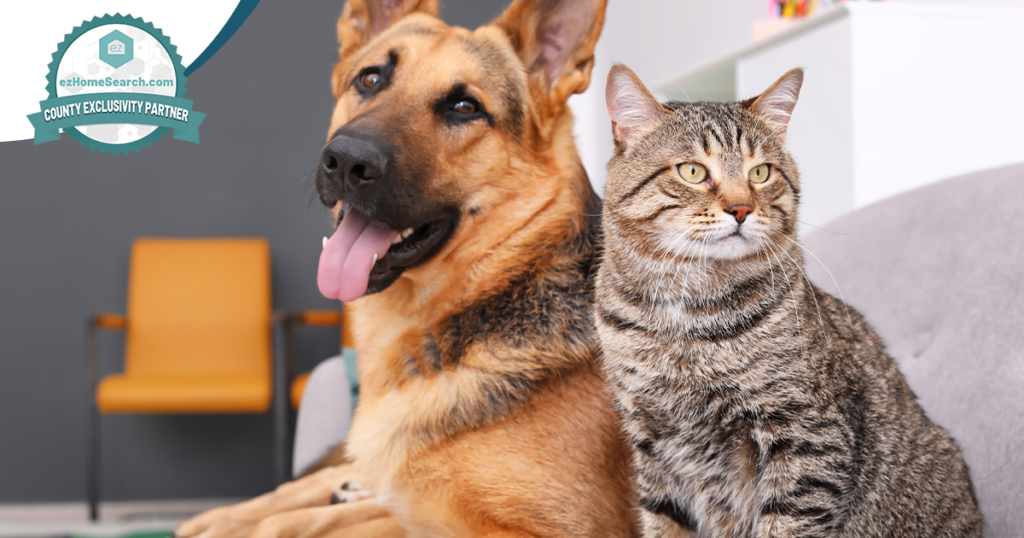Moving to a new home is an exciting chapter in life, but it comes with unique challenges if you’re a pet owner. After all, uprooting your life is one thing. Uprooting your furry family member’s familiar home is another. They may know something’s up but not precisely what. How will they react to a new environment with unfamiliar smells and sounds? What about the change in their routine? Pets feel anxious and nervous, too!
There’s much to consider, from navigating state regulations to ensuring your pet feels safe and comfortable. But don’t worry—we’ve got you covered! Here’s what to know about moving with pets that will keep their tails wagging.

Pre-Move Prep: Rules, Regulations, and Research
Know Your State Laws
First things first—before embarking on your move, brush up on your destination’s pet-related laws and regulations. These may include:
- Leash and Licensing Laws: Some states require dogs or cats to be licensed and on a leash at all times in public.
- Breed Restrictions: Certain breeds may be prohibited in specific counties or cities. Exotic animals may not be permitted in specific locations.
- Limits on Pets Per Household: Check if the housing development limits the number of pets a household can have.
- Zoning Laws: Some areas may restrict the types of animals permissible in residential zones, like chickens or horses.

Vaccinations and Documentation
Crossing state lines (or even settling in a new city in the same state) often requires proper documentation for your pet. You’ll likely need:
- Rabies Certificate: Most states require proof of an up-to-date rabies vaccination.
- Pet Health Certificate: Signed by a licensed veterinarian, this document confirms your pet is free of contagious diseases.
- Vaccination Records: Carry a full record of your pet’s vaccinations just in case.
A quick call to your vet can help ensure you’re fully prepared with all the necessary paperwork. Bonus tip—schedule a final health checkup so your furry friend is in tip-top shape for the move. If your pet suffers from anxiety, bring it up with the vet. They may suggest a medication to ease your pet’s stress on moving day.
Finding a Pet-Friendly Moving Company
Choosing the right moving company is crucial, especially if you need one to transport pets. Not all movers will move animals, as it requires special licenses and equipment. Most expect you to handle any live animals or plants. That said, you might need help moving your pets, especially if you’re moving larger farm animals. Ask these questions while researching movers:
- Do you handle pet transportation regularly?
- Do you have safety procedures or protocols for pets during transit?
- Do you provide guidance on preparing pets for long journeys?
Pro Tip: Never allow pets to ride in the freight section of a moving van. These are often un-air-conditioned environments packed tight with goods that shift during transport. Pet transportation services or traveling in your vehicle are safer alternatives.
Feeling unsure? Professional pet transportation companies or pet taxi services help provide a smooth, stress-free move for your four-legged companions.
Prepping Your Pet for the Move

Familiarize Them with Travel Gear
If your pet will travel in a crate or carrier, give them time to get used to it beforehand. Gradually introduce the crate into their routine a few weeks before the move, using treats and toys to help them associate it with positive experiences. For larger animals, if you can, practice using ramps in the trailer and backing down in a low-key, no-stress environment.
Stick to a Routine
Pets thrive on consistency, so try to maintain their regular feeding, walking, and play schedules as much as possible during the chaos of packing.
Introduce Moving Supplies Slowly
In the days before you start packing in earnest, bring in a few boxes and tape so they can get familiar with them. Pack a few boxes to let them get used to the sounds of ripping tape and shuffling items.
Keep Moving Day Stress-Free
Set up a quiet room or secure area where your pet can relax while movers come and go. Especially for cats, who love to hide in boxes, put them in this safe place long before the packing day rush begins. You don’t want anyone going with “kitchen” and not in their crate. Keep their favorite toys, bedding, and any familiar items with them to provide comfort and normalcy. Check-in with them, sticking with usual feeding and walking times.
Traveling with Pets
Some pets travel well, but others…” not so much” is an understatement. Perhaps your pet hasn’t traveled at all before other than to the vet’s office and back. Ease travel day stress with a few tips.
By Car
If you’re driving to your new home, make sure your vehicle is equipped for a safe and comfortable trip:
- Secure the Carrier: Place your pet’s crate securely in the back seat or bed of the car.
- Pack Essentials: Bring food, water, bowls, grooming supplies, and waste bags. A few towels are a good idea for wiping up unexpected messes.
- Plan Pit Stops: Schedule regular breaks for bathroom and exercise, especially on long drives.
- Temperature Control: Never leave your pet in a parked car. Even if it’s chilly outside, cars can quickly become dangerous for animals.
By Travel Trailer

Perhaps your pet doesn’t fit nicely into the backseat of a car or van. You may be looking at trailering your pet to its new home. In that case:
- Secure the Trailer: Ensure the travel trailer is well-ventilated and secure for your pet’s comfort and safety. Install proper flooring to prevent slips and provide bedding to cushion their ride.
- Practice Runs: If possible, take your pet on short practice trips in the trailer to help them acclimate to the movement and surroundings.
- Monitor Conditions: Check temperature and ventilation regularly during the trip to ensure your pet remains comfortable. Make stops to allow them to stretch, hydrate, and relax outside of the trailer.
- Be Aware of Weather: Humans get air-conditioned and protected environments, but our trailered friends don’t always get the same amenities. Plan for weather conditions, both for safe trailering and also for their needs. If where you’re going will be cold, have blankets at the ready. If it’s hot, plan for more water stops and walks.
By Air
Advanced planning is essential for longer relocations requiring air travel to ensure your pet’s safety and well-being.
- Choose the Right Airline: Not all airlines accommodate pets, and those that do may have specific restrictions, such as pet size, age, breed, and type of carrier allowed.
- Kennel Standards: Airlines typically mandate specific dimensions, ventilation, and sanitation requirements for pet crates. Buy the right kennel for air transport.
- Book Early: Flights that accommodate pets often have limited availability, so secure their booking as soon as possible.
- Check Cargo Rules: Review the airline’s policies and safety records if your pet must travel in the cargo hold. Ensure the crate meets airline standards for ventilation, durability, and space.
- Travel Documents: Prepare necessary paperwork, including health certificates and vaccination records, as the airline or destination requires.
To minimize anxiety, plan to arrive at the airport early, provide your pet with a familiar blanket or toy in their crate, and avoid feeding them heavily before the flight to prevent discomfort.
Other Pet Moving Tips
- Use calming sprays or natural remedies as needed to help ease travel-related stress.
- Like little humans, help your pet travel with a favorite toy or familiar blanket with comforting smells.
- Always keep recent photos of your pet in case they get lost during the move.
- If your pet takes medicine, keep it with you or their travel companion.
Settling in with Your Pet

The hard part may be over, but some pets are overwhelmed by their new environment. There are new smells and sounds, new challenges to navigate, and new routines to establish. Help them adjust:
Create a Comfortable Space
Designate a specific area in your new home for your pet to settle in. Include their bed, toys, food, and water bowls to help them feel at ease. Allow them to explore gradually at their own pace while monitoring any potential hazards, like loose cords or unsealed windows.
Reinstate Routines
Consistency is key to helping your pet adapt. Stick to their established feeding, walking, and play routines to provide a sense of normalcy.
Update ID Tags and Microchips
Make updating your pet’s identification one of your top priorities. Ensure their tags have your new address, and contact your microchip provider to update your information.
Transitioning with pets can be challenging, but with proper planning and care, you’ll set the stage for an easier move and a happy adjustment to your new home.
Make Moving With a Pet Easy
Wherever your next adventure takes you, your pets are along for the ride—paws, tails, and all. Moving with pets doesn’t have to be stressful. With the proper preparations, a reliable moving team, and some extra TLC, your furry family members can transition to their new home safely and happily. Just remember—planning is key, and some mid-move belly rubs don’t hurt either!
About the Author: Preston Guyton is the founder of ez Home Search. He has been a real estate leader for over 20 years. Starting with a focus on South Carolina, he has helped coach and empower real estate professionals to achieve their full potential by meeting the needs of their local community.

